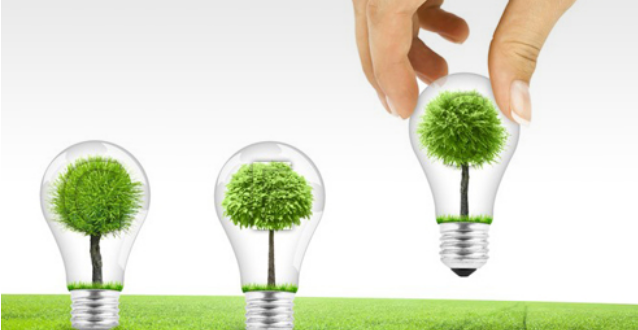The Financial and Environmental Benefits of LED Lighting
As more people become conscious of the need to conserve the environment, one of the strategies that have come to the fore is that of using environment friendly energy and gadgets. This has led to the introduction of Light-Emitting Diode otherwise known as LEDs which are semiconductor sources of lighting in many homes. The advancement of technology has seen these lights used to light homes and industrial premises.
LED lighting is quickly growing in popularity and has become an enviable replacement for fluorescent and incandescent lighting. The question that many people have been asking is whether LED lighting has any benefits to the environment and the answer to that question is, absolutely yes. Below are some environmental benefits associated with LED lighting.
– They are durable
Unlike fluorescent and incandescent lighting bulbs, LED bulbs last longer and therefore do not need to be replaced regularly. It has been discovered that quality LED bulbs can last 20 times longer that their aforementioned counterparts and this helps reduce the impact associated with manufacturing new products and the disposal of the old bulbs. The fact that they do not require much in terms of servicing helps reduce environmental impact thus making the suitable in our day.
– They are energy efficient
LEDs can generate more light than incandescent bulbs yet at a very low voltage. This makes them more energy efficient something that is reflected in the utility bills every month. In fact, LEDs lighting only utilizes between 60 and 80 percent less energy compared to incandescent lighting and this is a major benefit to the environment. According to the LED experts from Lucendi, this is the main reason why more than 86% of their costumers make the switch to LED lighting.
– They have low carbon emission
Home lighting stands as one of the biggest culprits as far as carbon emission to the environment is concerned. However, this impact can be reduced drastically by switching to the use of LEDs which release a negligible amount of carbon into the atmosphere. This lighting does not emit any nuclear or sulfur dioxide waste. Light-Emitting Diode bulbs do not have toxic mercury unlike fluorescent bulbs. Their disposal therefore does not have any impact on the environment.
– They emit negligible temperature levels
Unlike Incandescent bulbs, LEDs do not heat up during lighting but instead they remain cool. For this reason, using this kind of lighting does release heat into the environment something that helps curb the global warming menace. Much of the energy used to power an incandescent bulb is wasted as heat and this is something you can avoid by using LED lighting.
– They do not emit ultraviolet radiation
LEDs do not emit ultraviolet radiation unlike the traditional lamps. This makes them a healthier and cleaner source of lighting. The lamps do not produce any infrared light and this makes them suitable for use in places where there are materials or goods that are highly sensitive to heat.
It is important to remember that the efficiency and longevity of any particular LED lamp is determined by the quality of its design. It is therefore important to look for a lamp that is Energy Star qualified if you are to enjoy stable light output for long. LEDs come in different sizes, shapes and colors and choosing one that best suits your needs is easy. By upgrading to this kind of lighting, you stand to benefit from clear lighting and low utility bills. Although these lights are a bit expensive to purchase, the fact of the matter is that their benefits outweigh the pricing and you will soon be able to recover financially and enjoy the amazing environmental benefits.



